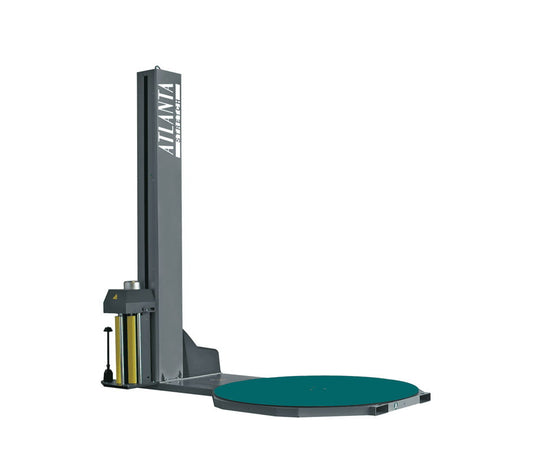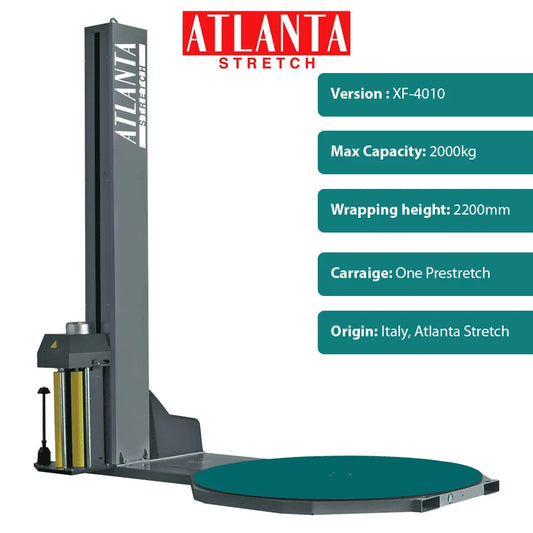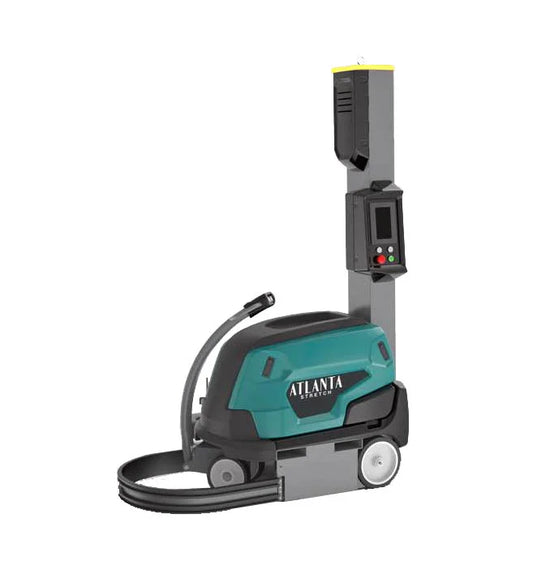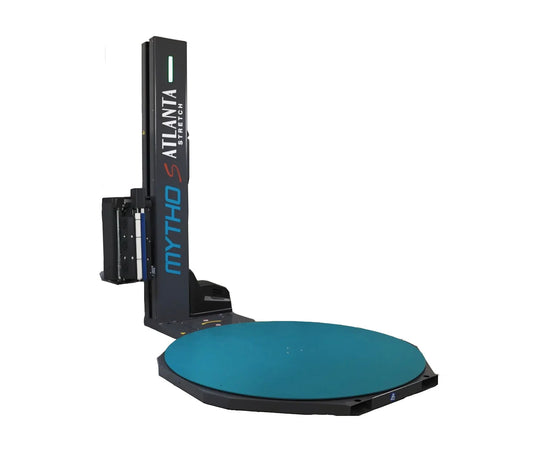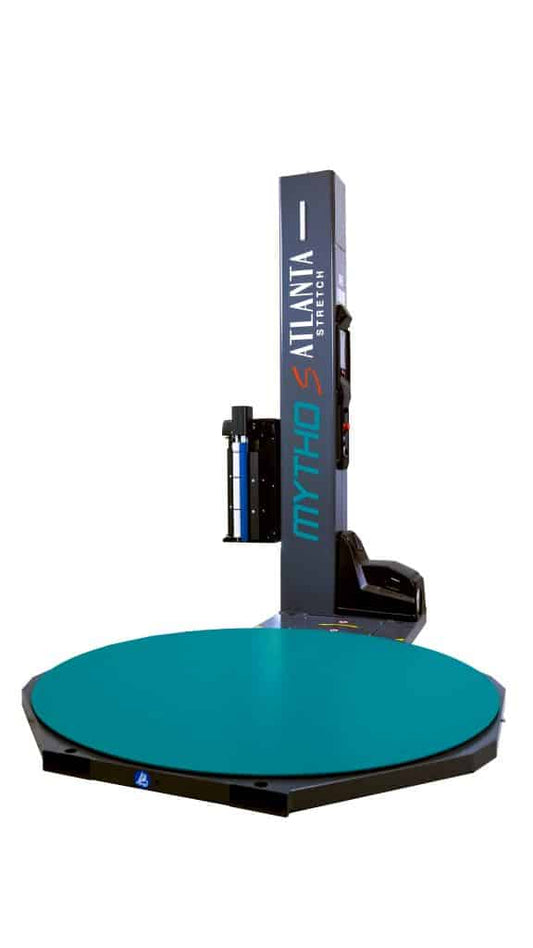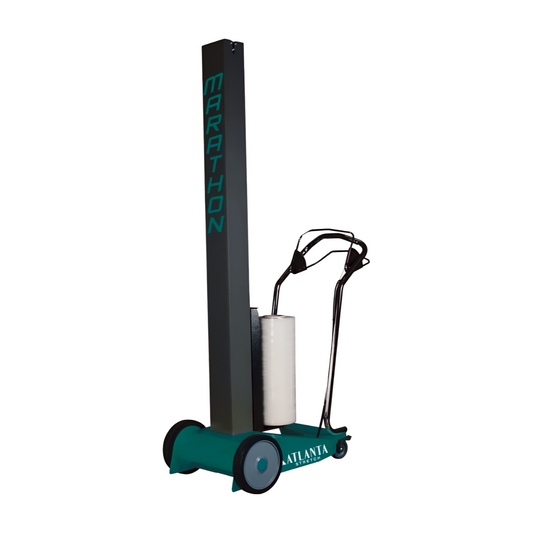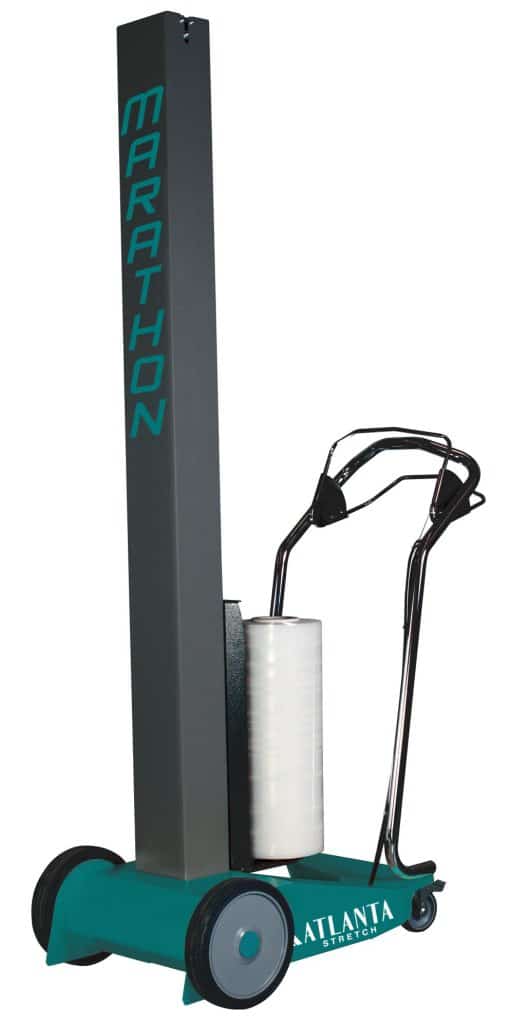Why isn't my packaging tape sticking?

Packaging tape not sticking as it should? Don't fret; there could be several reasons behind this common frustration. Let's dive into some of the key factors that might be affecting your tape's adhesion.
1. Environmental Factors and Temperature
Believe it or not, temperature plays a significant role in determining whether your tape will stick effectively. For instance, if you're using acrylic tape (identifiable by its white appearance on the roll), be cautious in hot environments with high humidity. Acrylic adhesive tends to perform poorly under such conditions. On the flip side, hot melt adhesive struggles in colder temperatures, where the glue can freeze and become brittle, compromising its sticking power.
2. Type of Goods Being Taped
The surface you're applying the tape to matters greatly. Recycled cartons, for example, often have poor surface quality, making it challenging for most tapes to adhere properly. If you're working with low-quality cartons, investing in a higher-grade tape such as natural rubber adhesive or water-activated gum tape may be necessary to achieve reliable adhesion. Interestingly, cheaper tapes like acrylic adhesive tend to adhere well to surfaces like plastics.
3. Pressure Application
Many tapes are pressure-sensitive, meaning they require adequate force to adhere effectively to surfaces. If you're finding that your tape isn't sticking well, applying a bit of pressure during application can make a significant difference. By exerting the right amount of force, you can ensure that the tape bonds securely to the goods.
In conclusion, when troubleshooting tape adhesion issues, consider factors such as environmental conditions, the type of goods being taped, and the pressure applied during application. By addressing these factors, you can optimize your packaging process and ensure that your tape sticks reliably every time.


